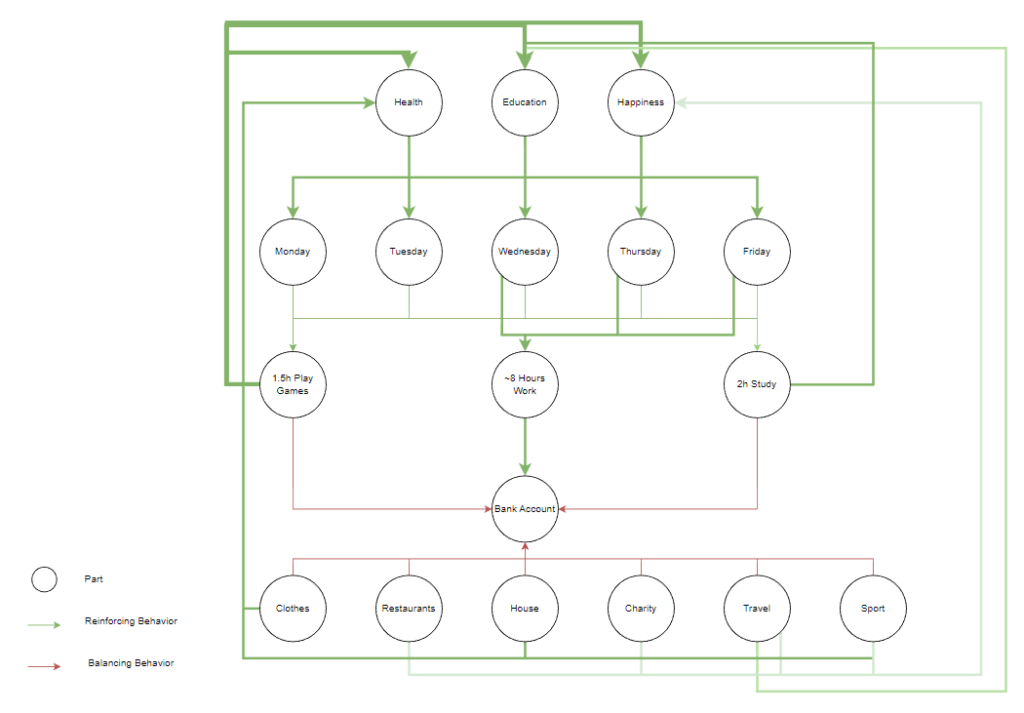The Deconstructor of Fun team has written predictions for 2023. I would like to give advice to game designers who will be working on the new challenges the year promises.
#1 Organic Discovery Will Be Deceased
Working for mobile games means working with two gatekeepers who are constantly changing the tables. This brings various headaches and also affects the work of us game designers.
There are always winners, and if we look at the rankings over time we see that Google and Apple reward the oldest successful games. Many try to take away their primacy, but it is difficult since they are the favorites.
The article says:
The end of discovery also means that there will be no indie breakouts from small indie developers. Instead, the indie developers will have three options.
- Sell their game to a safe harbor, such as Apple Arcade, Netflix, or similar.
- Join one of the few powerful game companies taking over mobile.
- Exit mobile.
On this point, I have to say that they have risked quite a bit. In our industry, there are always surprises. Some indie with a vision could make a game that would be played en masse by streamers and become a phenomenon. We wouldn’t see it coming.
I never believed in the k-factor, that wasn’t science. It was pseudoscience to sell ideas internally.
Focus on games that are appealing to streamers (maybe to play together with others).
Think about releasing a PC Steam and console version as well.
For me, the present of video gaming is this. There is gaming and there are various forms of accessing it. I think this is not the only way, but it would make life a lot easier for an independent team. Although it takes investment to publish on various platforms, so it’s good to keep it simple.
#2 Publishers Push to Off-Platform Payments
From what I read, there will soon be various alternative forms of payment. This requires us game designers to contribute to the gamification of payment systems. Let’s start documenting how flows are handled by games that use off-platform payments. Gaming experiences will become a bit more complicated, so it is good to think in reward the efforts.
#3 Paid UA Becomes a Break-Even Game
This is something we have little control over. Recently we are seeing the end of the hyper-casual business. It was a market where the same players passed from one game to another at a low cost. The joke no longer works of course.
I am still convinced of the design principles behind simple games. Players have always liked simple games. In the beginning, it was arcades, today it is hyper-casual. It is always good to think in simplicity, immediacy and snackability.
#4 The Safe Harbors Get Embraced
On this point there is little to add, it seems crystal clear to me. It is good to own and study these platforms if you work on these kinds of games. Our bosses will probably do business with them at some point! As mentioned earlier, gaming streamers also play a key role here. If some Netflix game manages to attract the attention of some major TikToker, it’s obvious that there will be great returns!
#5 Streaming Platforms Move into Mobile Games – for Now…
It is clear that there is a fever for these platforms to find the next blockbuster game. This means more work for us, which is good. These platforms will have their own clear ideas on what to do, based on their experts and analysts. As a designer, my advice is to facilitate things and not hinder them. We are the facilitators of the act of game design in a team. Our efforts should be directed at realizing the visions that come from above. And this we know is very hard, it’s a huge exercise in patience for some of us. My advice? Focus on the beauty of design as a craft, not on power points and OKRs.
#6 Venture Capitalists Will Face a Reckoning
I am seeing this first-hand with a client. VCs are at a stage where they are basically not doing VCs anymore. In this moment in history VCs already want to see results before they bet on a team. We must focus on designing the shortest path to concrete numbers to achieve. At this moment in history we cannot afford to explore all possibilities. We need to make decisions incrementally on other designs that already work. For some of us, this is difficult. My advice is to find a sideline activity where we can vent our pure creativity. For example, I play music and capoeira on my spare time.
#7 You Will Get Back to the Office – Fully Remote Becomes an Anomaly
I’m not sure I agree with this, in any case the DoF guys are more experienced so I assume they are right. It is much better to solve some issue in person. And it’s easier to build new teams with presence, honestly. This 2023 I wish you more face-to-face and fewer Slack notifications!

